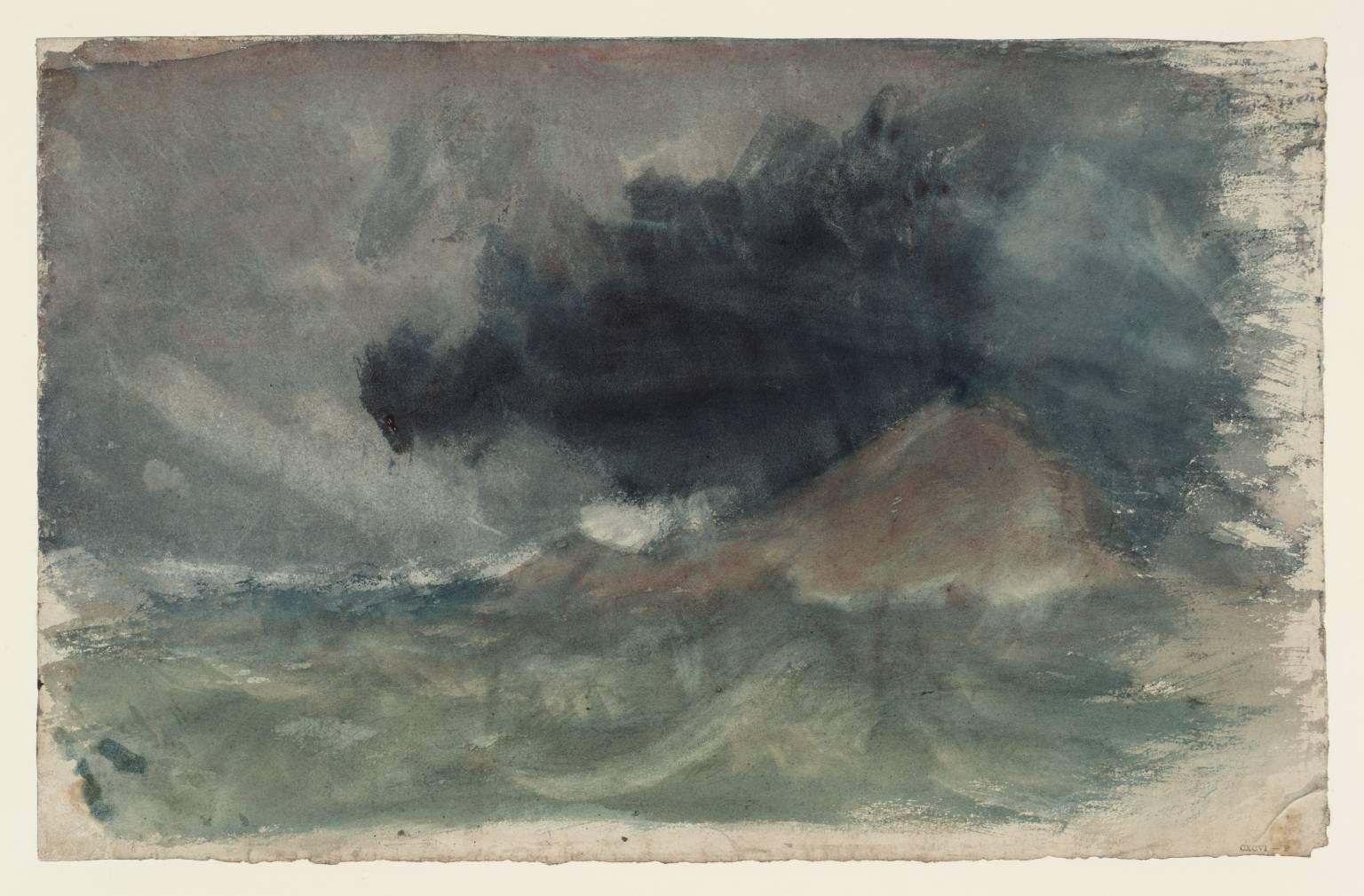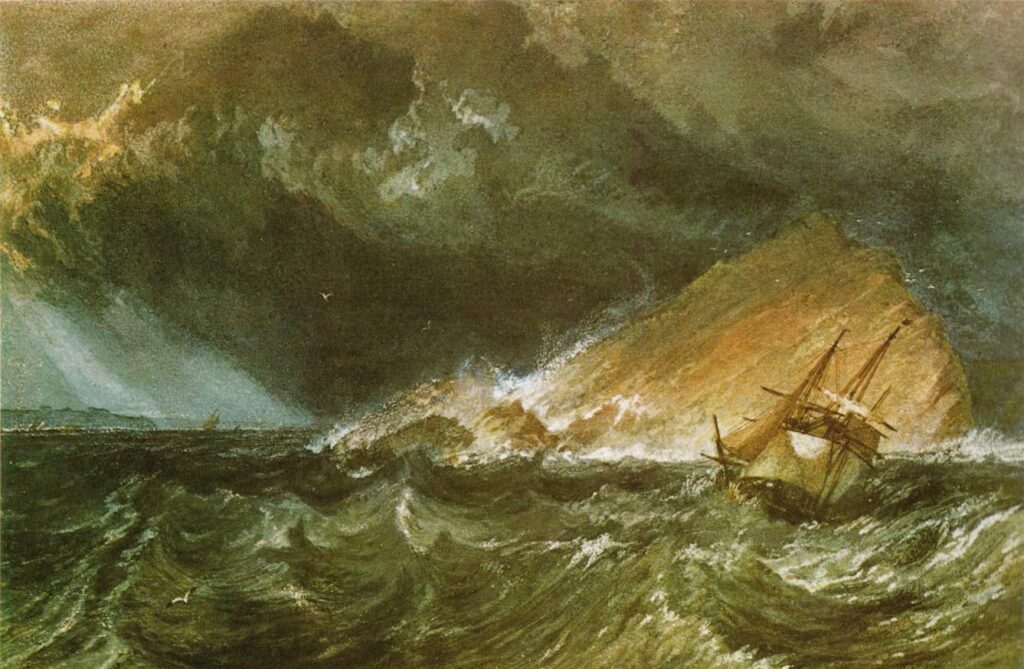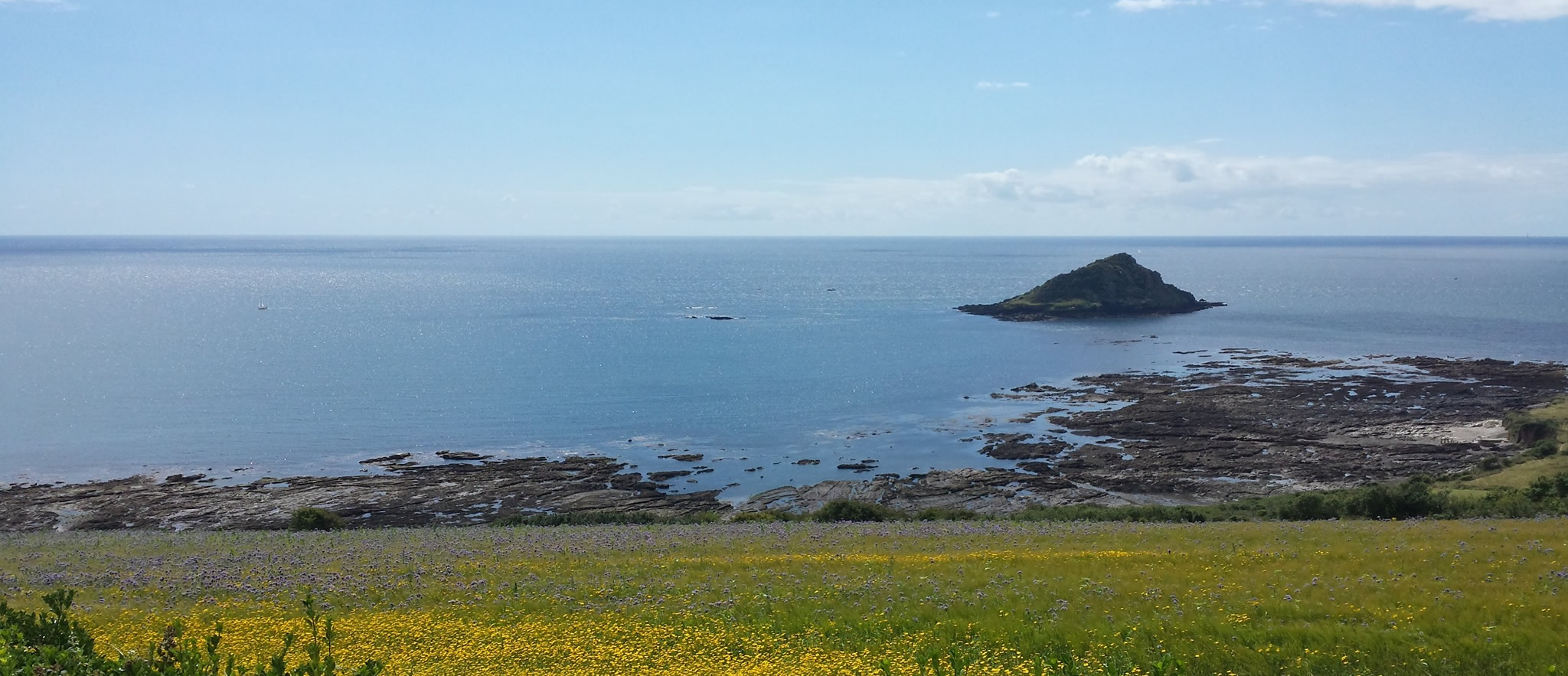The Great Mewstone
The striking wedge-shaped island has an interesting past, serving as a private home, a prison and a refuge for smugglers. Now a bird sanctuary and home only to many nesting seabirds. (‘Mew’ is the old name for a gull).
In 1744 the tiny wedge-shaped island of the Mewstone was the home of a local man ‘deported’ there after some petty crime. When he had served his seven-year sentence he returned to the mainland, but his daughter elected to stay on the island, raising her three children there, until her husband fell off a rock and drowned.
Subsequently, several other people lived on the Mewstone. The last was nineteenth-century warrener Sam Wakeham, who lived with his wife, Ann, in a turreted little house. From the coastpath, with binoculars, you can see Sam’s ruined cottage on the lower eastern slopes of the Mewstone. He created a garden that he fertilised with sand and seaweed, and kept poultry and a couple of pigs. He also ran a ferry service ‘to the Moonstone, for anyone on the mainland who holds up their white pockethanchecuffs for a signal’.
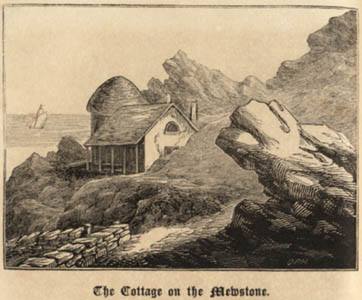
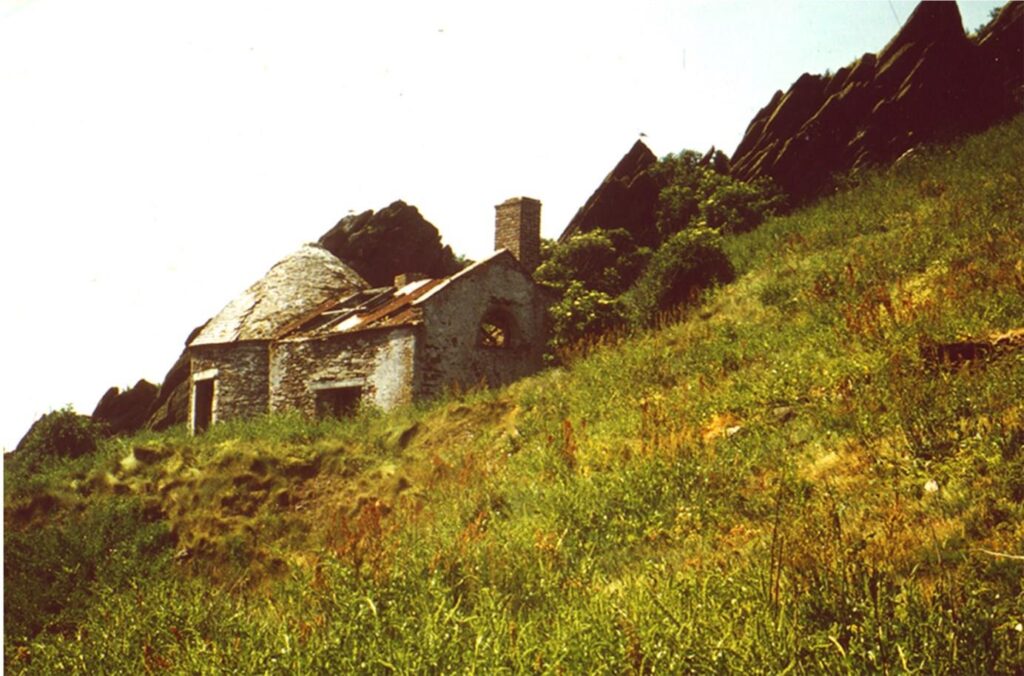
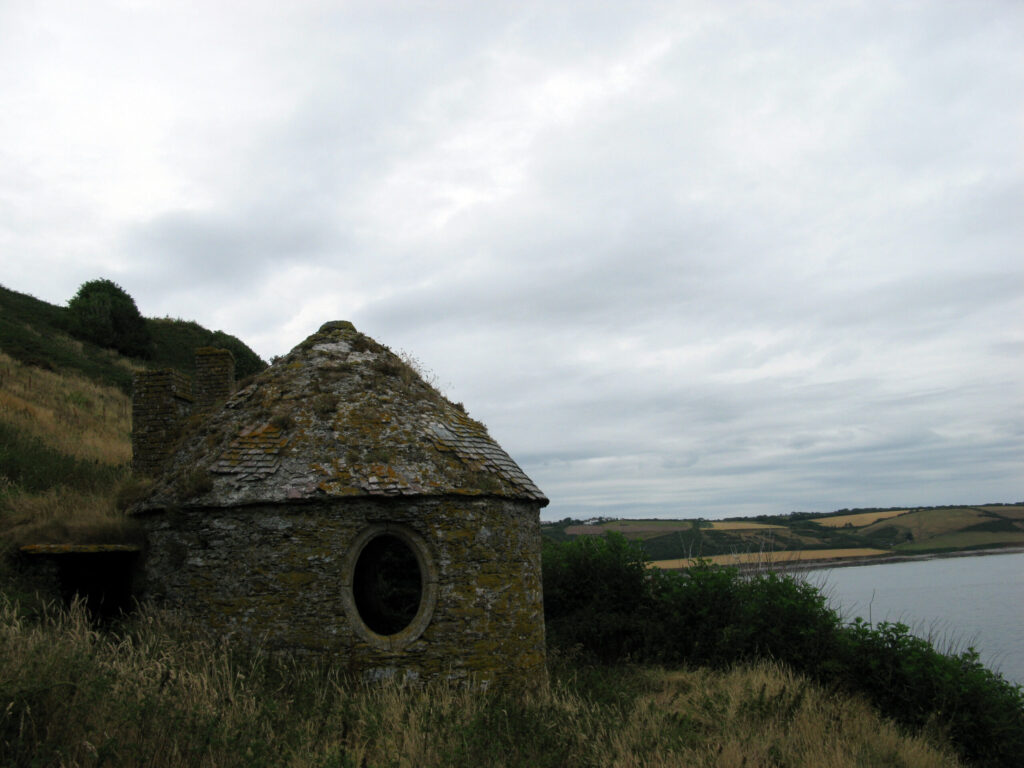

The island was the inspiration for the Romantic artist Turner’s watercolour paintings ‘The Mewstone‘, now owned by the Tate Gallery, and ‘The Mew Stone at the Entrance of Plymouth Sound‘, National Gallery of Ireland
